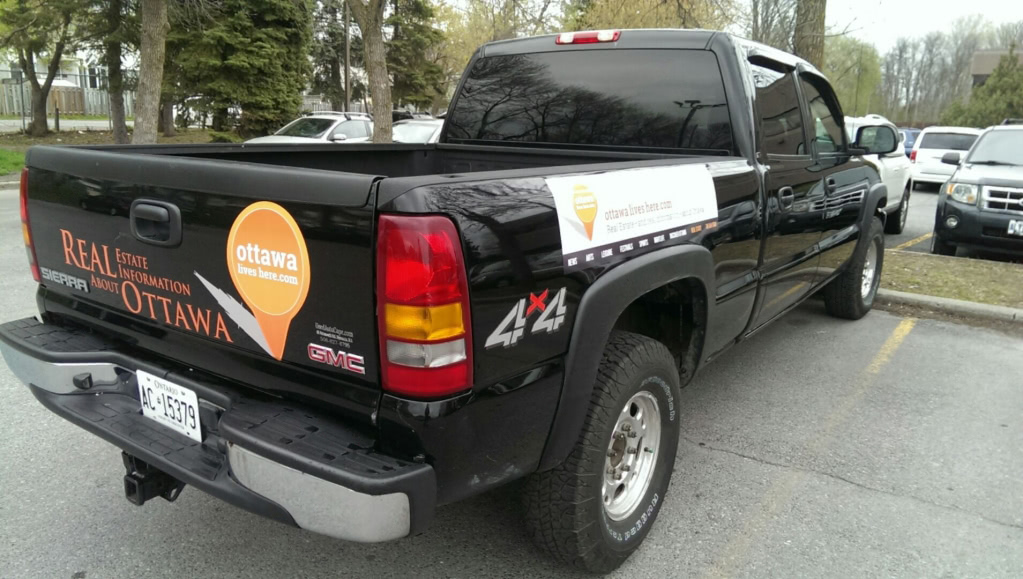Jon Willing – Ottawa Citizen

The advocacy group for Ottawa’s residential developers — skeptical that a city planning proposal won’t add enough land in an expanded urban boundary — is eager for the public to understand what increased intensification looks like in built-up neighbourhoods.
The Greater Ottawa Home Builders’ Association (GOHBA) had one of the city’s most prominent planning firms, Fotenn, rough the building masses in communities that, according to the firm, would be required to satisfy a city-suggested intensification target.
Ottawa homebuilders want you to see what city-proposed intensification looks like
“We feel to have an informed decision about the intensification rate that’s being proposed, that modelling and mapping of where that intensification is going to go and what type of buildings are expected is an important part of that decision, and that hasn’t come through yet,” GOHBA executive director Jason Burggraaf said.
“The (city) staff say they’re going to provide it at the end of the year, but that’s too late. We’ve already made the decision by then.”
Burggraaf said Fotenn, which is a member of the association, estimated the intensification using a “most likely” scenario using directions already in community plans and where zoning bylaws will probably be upgraded to include larger buildings. The city isn’t being clear about what its intensification vision would look like in real life, he said.
The Fotenn drawings include assumptions for new buildings in Vanier, Westboro, Dow’s Lake area and around the intersection of Baseline and Merivale roads.

The city wants to increase the size of the urban boundary to add between 1,350 and 1,650 hectares of development land in response to Ottawa’s growth projection over 28 years. The added area would be complemented by a new-dwelling intensification target hitting 60 per cent in the last seven years of the planning window. It would mean 92,100 more homes in the built-up area between 2018 and 2046.
Currently, the official plan’s intensification target through to 2021 is 40 per cent.
Three camps have formed in advance of a council decision on the size of the urban boundary, which will form a refreshed official plan scheduled to be tabled by the end of 2020. There are those who don’t want any increase to the urban boundary, those who don’t think staff are pumping enough development land into a larger urban boundary and those who like the staff-supported “balanced” approach.
The anti-increase bunch, worried about the environmental impact of expanding subdivisions, want more focus on intensification, rather than fuelling urban sprawl.
On the other side of the spectrum, the homebuilders are skeptical about the city’s intensification goals because dense residential projects often receive resistance from communities. They believe there should be even more development land added inside the urban boundary to accompany intensification in built-up areas.
A joint planning and agriculture and rural affairs committee meeting on May 11 will end with a recommendation sent to council.
Lobbying from outside agencies is ramping up.
Ecology Ottawa has been urging supporters to email and call their councillors to oppose an expanded urban boundary and “car-centric development moving Ottawa further away from a sustainable future.”
GOHBA, meanwhile, has been asking members to email their councillors to call for an intensification target of 50 per cent, with additional development land beyond what city staff propose, “so that we can provide housing affordability and choice now and in the future.”
Asked if releasing intensification drawings could be seen as a scare-tactic by home builders who want expanded suburbs, Burggraaf noted members of his association also build small-to-large infill developments, not just suburban communities.
“They support the principles of intensification, they support increasing intensification in the context of the official plan and just in general for the city,” Burggraaf said. “The question is still, is the intensification that staff are shooting for achievable, and to our experience it isn’t.”
The Federation of Citizens’ Associations of Ottawa, the umbrella organization for community groups, is opposing the proposed expansion of the urban boundary, but president Sheila Perry said the federation is also concerned about the impact of over-intensification on neighbourhoods.
“There’s going to be some real give and take on this and this is where you have to really study communities and work closely with the communities,” Perry said. “That’s going to take a concerted effort on all parts.”
Perry said the organization is keen on addressing the “missing middle” in discussions about intensification, so that new developments don’t have to be either single-family homes are high-rises, but instead, smaller buildings with affordable units.
Plotting big buildings packed with units around transit stations might be the right approach when it comes to intensification, but there still needs to be harmony with the surrounding area, Perry said. The built-up communities will need to have the right city services, like community centres, to accommodate an increase of residents, she said.
“There’s huge opportunities,” Perry said, “but how do you get it right?”











